5 Reason to Considerate Using Trawl as Fishing Gear
By. Nevanda - 11 Jul 2023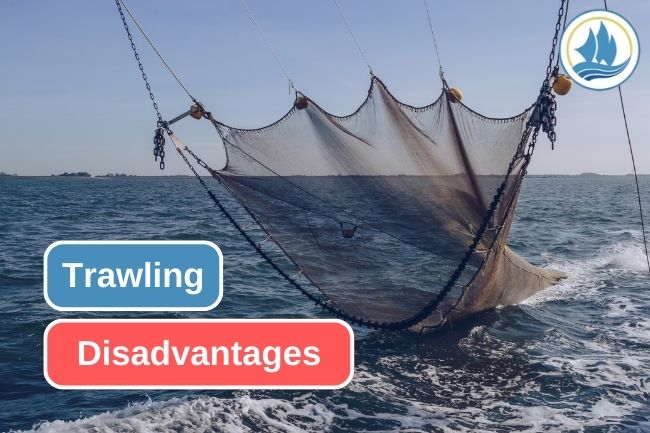
kelolalaut.com - Trawling is one type of trawl used in fishing. However, the use of trawling also has some drawbacks that need to be considered. Here are some of the drawbacks of using trawling:
1. Non-selective catching
One of the major drawbacks of trawling is the lack of selectivity in fishing. Trawlers tend to catch fish randomly without distinguishing size, species, or sex. This can lead to the capture of unwanted fish, including undersized fish or endangered species.
Read also: 6 Health Benefits You Can Get From Crabs
2. Damage to bottom habitat
Trawling works by pulling on the bottom of the ocean or river to catch fish. This process can cause damage to bottom habitats, such as coral reefs, seaweed, or other bottom substrates. This damage can negatively impact marine ecosystems and the sustainability of fish resources.
3. Impacts on non-target animals
In addition to catching fish, trawling is also prone to catching and causing injury to non-target animals, such as marine mammals, sea turtles, or seabirds. The presence of trawling in the water can also disrupt wildlife and alter the balance of the ecosystem.
Read also: 5 Advantages of Trawl as a Fishing Gear
4. Energy and resource use
Trawling operations usually require the use of boats or other equipment. This requires significant consumption of energy and resources. Inefficient use can contribute to negative environmental impacts and high operational costs.
5. Regulation and responsibility
The use of trawling should be subject to strict fisheries regulations and conducted responsibly. However, regulatory enforcement and monitoring are often inadequate, which can lead to unsustainable fishing practices, including overfishing or fishing for endangered species.
It is important to remember that these shortcomings apply specifically to trawl use and do not necessarily reflect shortcomings across all trawl types. It is important for fishers and the fishing industry to continue to pay attention to environmental and sustainability aspects in the use of fishing gear, and to comply with applicable regulations to maintain the balance of marine ecosystems.
Read also: 6 Bacterias And Parasites That Cause Disease In Farmed Fish
.jpg)
The Impact of HACCP-Based Integrated Quality Management Programs on the Quality and Competitiveness of Fresh Demersal Fish Products
 and Employee Productivity on the Demersal Fish Processing Floor.jpg)
The Correlation Between Occupational Health and Safety (OHS) and Employee Productivity on the Demersal Fish Processing Floor
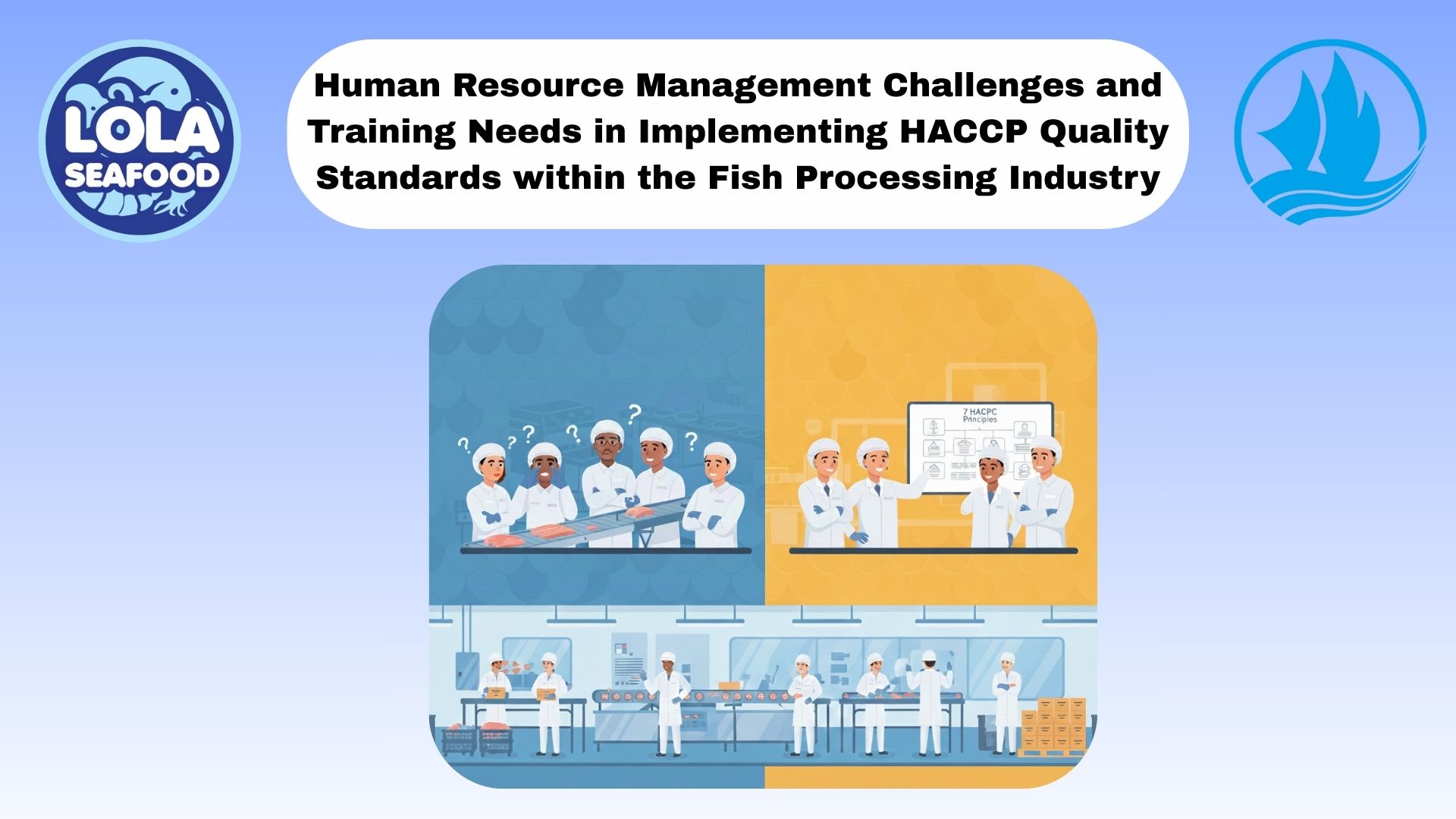
Human Resource Management Challenges and Training Needs in Implementing HACCP Quality Standards within the Fish Processing Industry
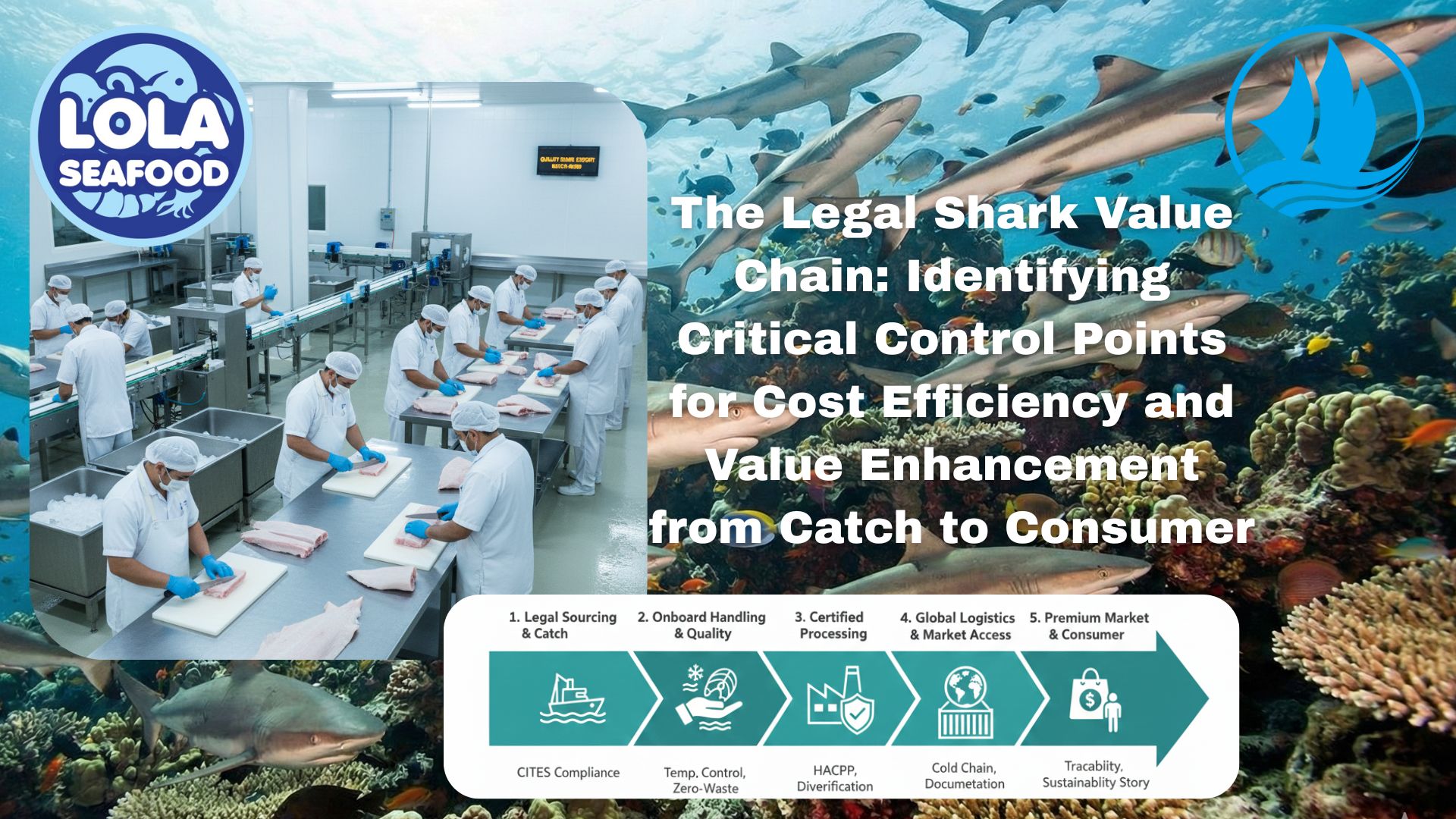
The Legal Shark Value Chain: Identifying Critical Control Points for Cost Efficiency and Value Enhancement from Catch to Consumer
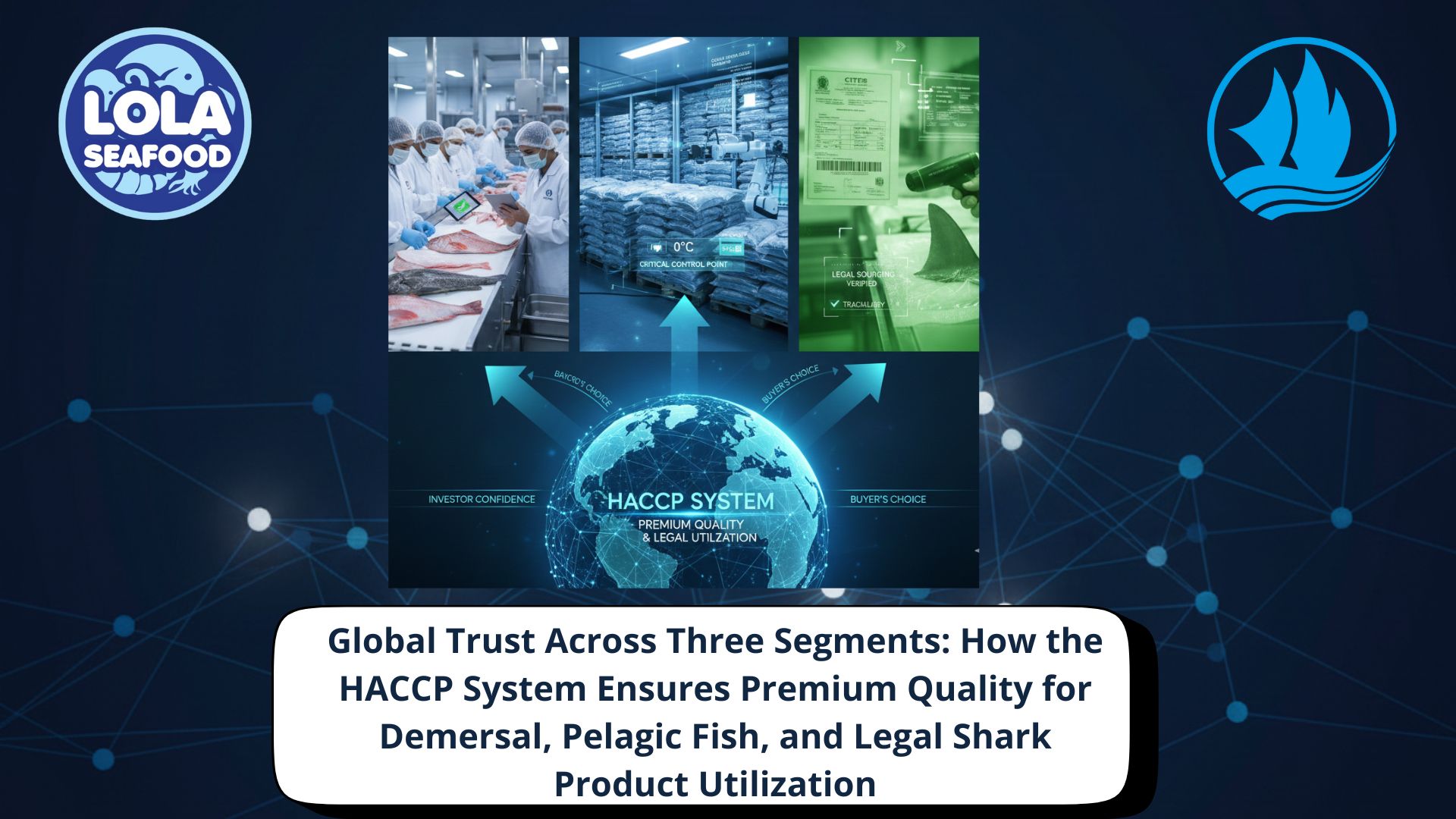
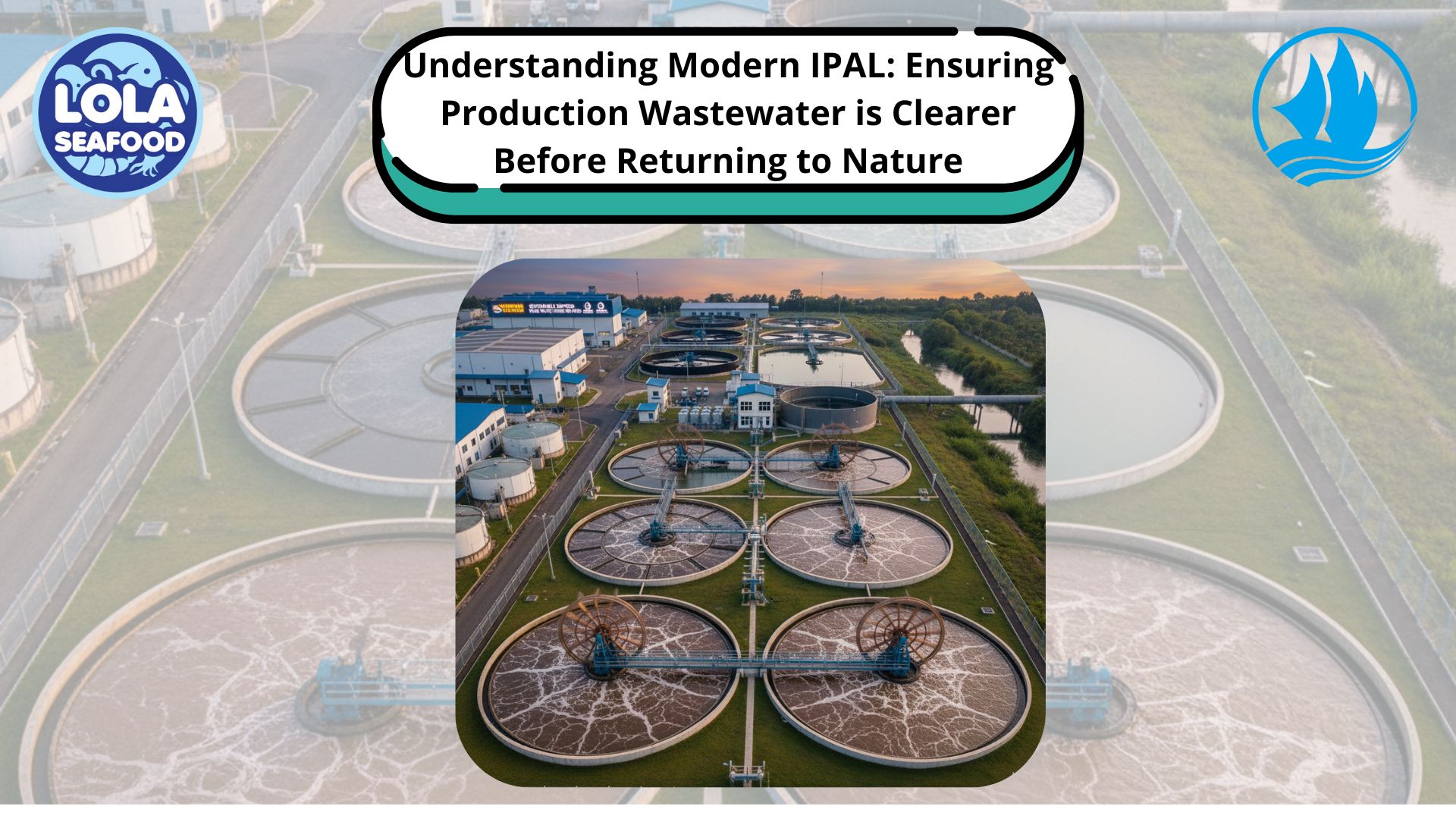
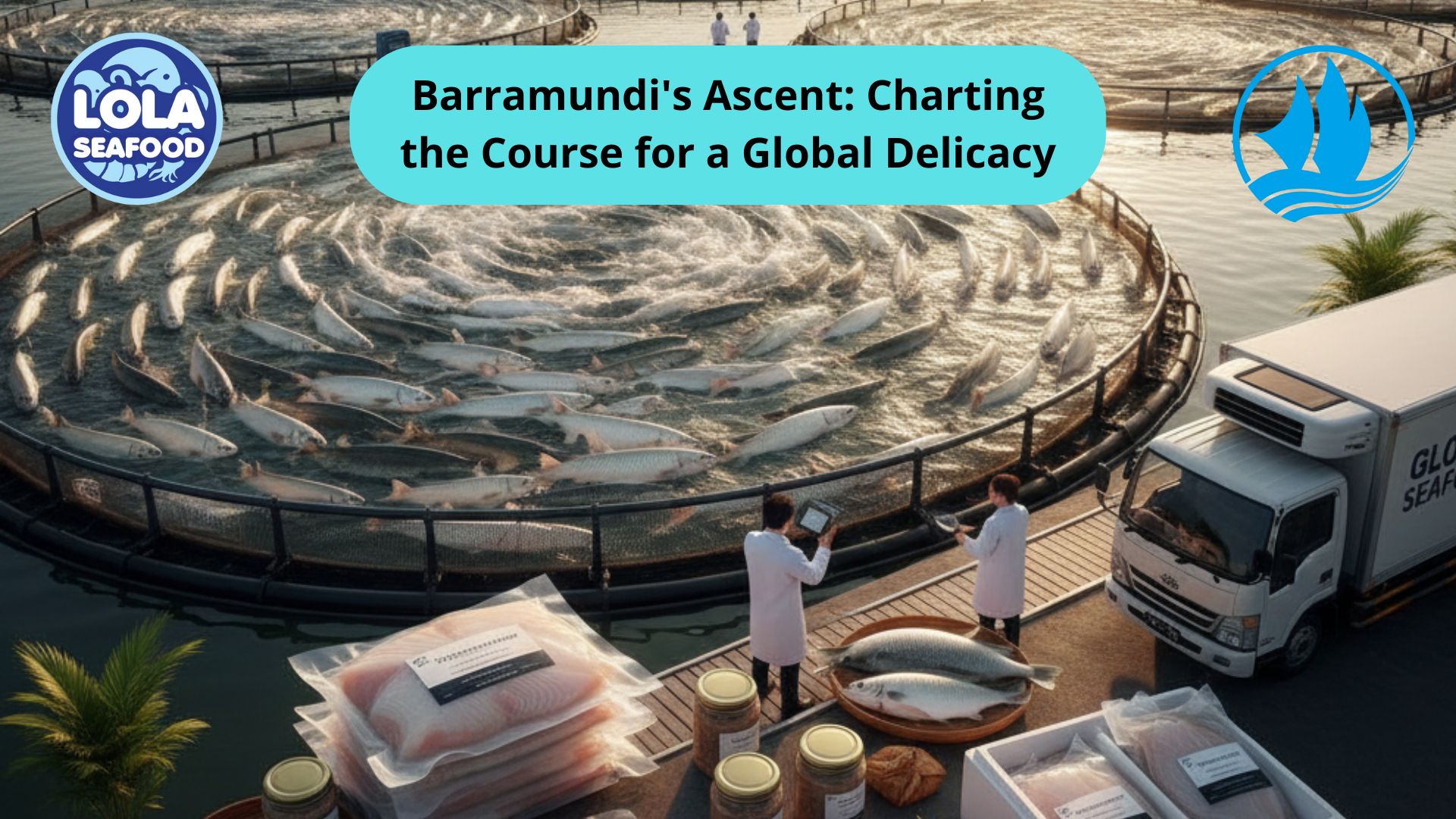
.jpg)
 in Meeting Global Protein Demand Sustainably.jpg)